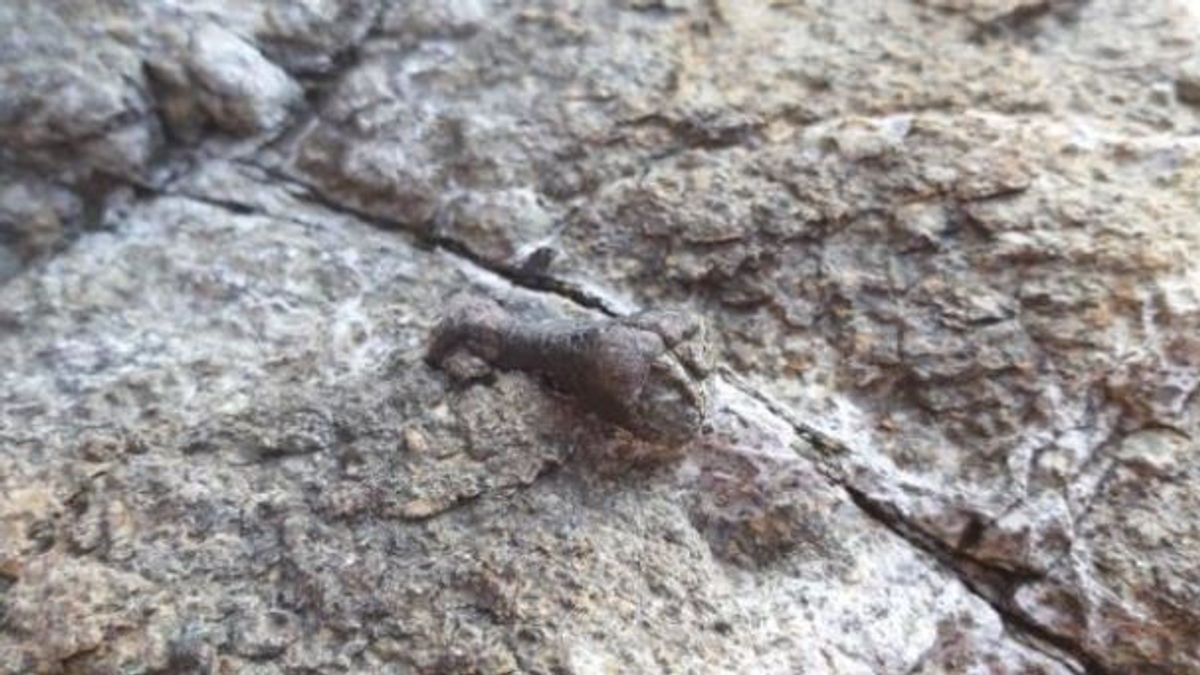JAKARTA - The City Government of Ansan, Gyeonggi Province, South Korea reported the discovery of dinosaur fossils on an island under the jurisdiction of Ansan to the South Korean Cultural Heritage Authority, Wednesday, March 10.
The fossil in question is a Koreaceratops claw that is thought to have come from 120 million years ago. The fossil was found at Tando Port, Deebu Island by accident by a visitor.
The discovery was reported on February 15 and immediately investigated by the Cultural Heritage Administration's Natural Heritage Division, South Korea.
With the binomial name Koreaceratops hwaseongensis, this dinosaur is thought to have originated in the Early Cretaceous period and is believed to have evolved to adapt to underwater life.
A more complete Koreaceratops fossil was found in 2008 on a tidal embankment at Hwaseong, 17 kilometers south of Ansan. Archaeologists suspect more fossils may have been naturally 'preserved' on the rocky foundation under the embankment built-in 1994.
According to a photo provided by the city government, the fossil is about 4.5 centimeters long and has been well preserved with a clearly visible shape.
Natural Heritage Division, South Korea concluded, these fossils have an important meaning. To that end, the authorities plan to cut off the part of the rock where the claw was found, sending it to South Korea's National Research Institute of Cultural Heritage for further study.
The City Government of Ansan stated that the plans for the discovery of these fossils would only be announced after all research had been completed.
Much earlier, in 2000, five fossil dinosaur footprints were found in a mine in the city.
The English, Chinese, Japanese, Arabic, and French versions are automatically generated by the AI. So there may still be inaccuracies in translating, please always see Indonesian as our main language. (system supported by DigitalSiber.id)













